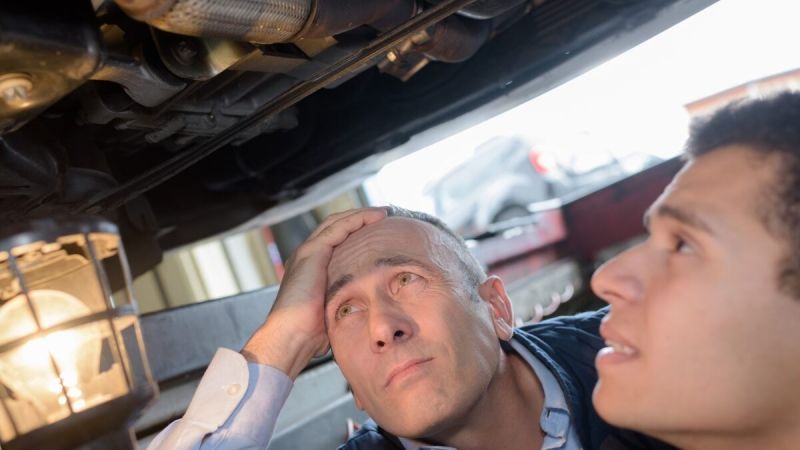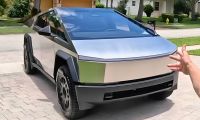In an ideal world, the garage service department you took your car to would ensure that all of their mechanics follow the medical credo of “First, Do No Harm.”
Your Car’s Health Before Servicing
While this may seem a bit on the extreme side to equate your health with that of your car, it’s really not such a stretch having personally witnessed in both the medical and automotive world that many people do take better care of their cars than they do their personal health.
But what do you do to ensure that a mechanic shares your level of care for your car as you do?
The answer to this question first and foremost is that you have to show that your car matters to you and that you are not disinterested in the maintenance service or repair(s) that you are requesting him or her to do.
Not unlike an overworked physician who becomes jaded and perhaps even sloppy with a patient’s care when the patient obviously has little interest in taking care of themselves and just wants a quick fix, a mechanic is easily turned off by owners who bring in vehicles that look abused and neglected. In both scenarios, appearances do make a difference.
To create a favorable impression before bringing in your vehicle for service, you should:
- Make sure you don’t arrive with a nearly empty tank of gas.
- Run your vehicle through a car wash just before driving in for service.
- Clean the interior of all trash and all personal items.
- Wipe down the interior with a damp cloth to de-dust the dash and display as well as clean the steering wheel and door handles.
Your Car’s Health After Servicing
While the above points will not guarantee a “First Do No Harm” approach by your mechanic, it will not hurt and is just a common courtesy that might make a difference.
Unfortunately, either through bad luck or malfeasance your repair might include some unintended harm to your vehicle. One of the most common examples of this are the bolts or screws used to attach the protective plastic or metal skid plates underneath the engine. Protective skid plates in today’s car typically have to be removed in order to do an oil and filter change.
Too often after servicing, those skid plates are just barely attached (if not entirely missing) by only a bolt or two. The reasons for this are missing bolts lost during the service or broken bolts from too much torque applied by a mechanic using a power tool to make the job faster.
Regardless of the cause, what is important is that you make it a habit to take a quick look under your vehicle to ensure that the skid plate(s) are securely fastened before leaving the service department garage. If you don’t like getting on your knees trying to look under your vehicle, you can use a lighted telescoping inspection mirror; or better yet, put your phone on a selfie stick to catch and take photos of the damage to show the service desk representative and/or keep as part of your maintenance record for the next service visit.
Missing Skid Plate Bolts or Damaged Threads are Easily Repaired
If your undercarriage skid plates are already missing a few bolts, the repair is a simple matter of replacing the missing bolts. However, if the problem has to do with damaged threads from overtightening a bolt that “strips the threads,” repairs are a bit more complicated, but easily repairable if you have a tap and die tool set to repair the damaged threads.
To demonstrate such as repair, here is an informative Toyota Maintenance YouTube channel episode where the host shows how to fix this common service mistake that almost always goes undetected by car owners.
How To Fix Damaged Thread
For an additional articles about car repair mishaps, here are a few articles for your consideration:
- Repair Scams Only Another Mechanic Could Catch
- Toyota Service Department Mechanic Explains Latest Car Dealership Scams
- Common Car Repair Mistake That Costs Owners Big Bucks Every Day
Timothy Boyer is an automotive reporter based in Cincinnati. Experienced with early car restorations, he regularly restores older vehicles with engine modifications for improved performance. Follow Tim on “Zen and the Art of DIY Car Repair” website, the Zen Mechanic blog and on Twitter at @TimBoyerWrites and Facebook for daily news and topics related to new and used cars and trucks.
COMING UP NEXT: Consumer Reports Best Deals on SUVs You Can Buy Right Now
Image source: Deposit Photos












